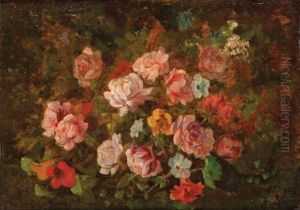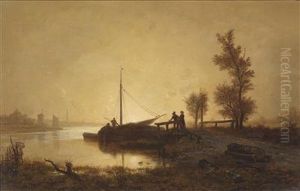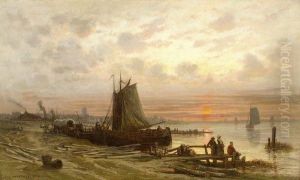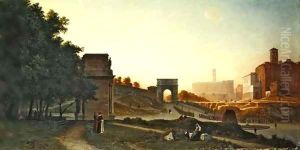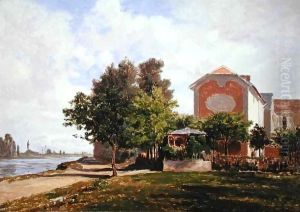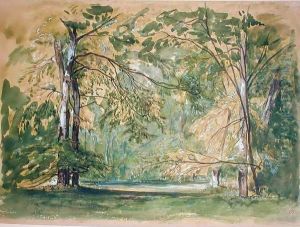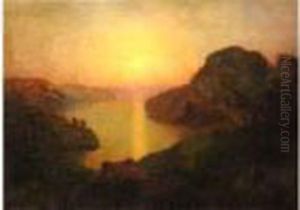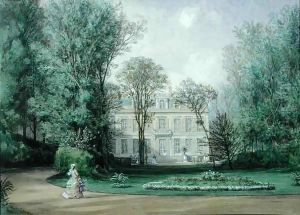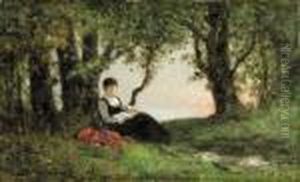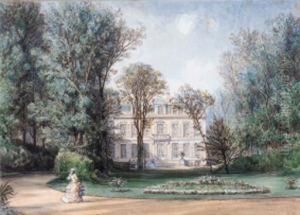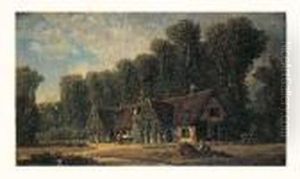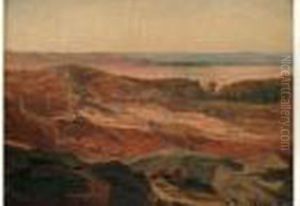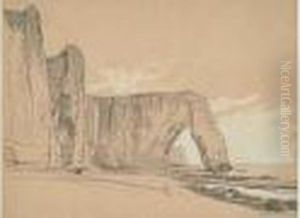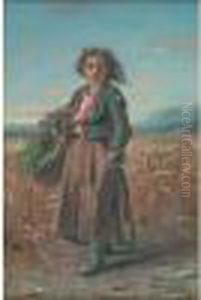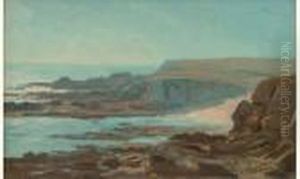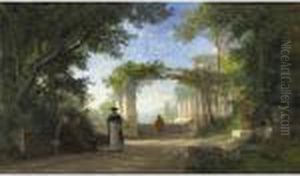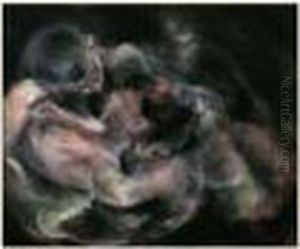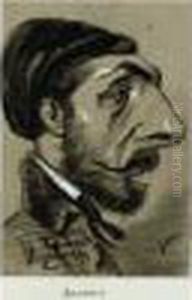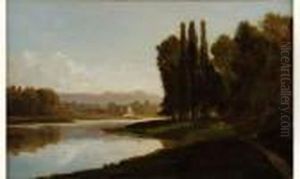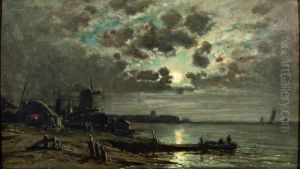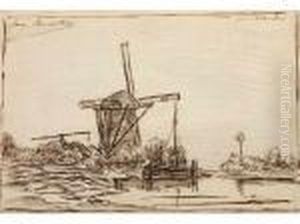Auguste-Paul-Charles Anastasi Paintings
Auguste-Paul-Charles Anastasi was a French landscape painter born on December 29, 1820, in Paris. Not widely known in the mainstream art history, Anastasi's work primarily focused on landscapes, and he was considered a part of the Barbizon school, a mid-19th-century French art movement that emphasized naturalistic and often pleine-air landscape painting. The Barbizon school was named after the village of Barbizon near the Forest of Fontainebleau, where the artists gathered.
Anastasi's training and early influences are not thoroughly documented, but it is known that he was active during a time when artists were increasingly interested in portraying the natural world with a sense of immediacy and directness. He exhibited his work at the Paris Salon, the official art exhibition of the Académie des Beaux-Arts in Paris, from 1843 onwards. His works were well-received, and he was awarded medals for his paintings in 1851 and 1865.
The style of Anastasi's landscapes was in line with the Barbizon school's approach, characterized by loose brushwork, a subdued palette, and a focus on the effects of light and atmosphere. His paintings often depicted rural scenes, forests, and river valleys, capturing the changing conditions of nature.
Despite his association with the Barbizon school, Anastasi did not achieve the same level of fame as some of his contemporaries, such as Jean-François Millet or Théodore Rousseau. Nonetheless, his contribution to the landscape genre was significant in its exploration of naturalism and its influence on the later impressionist movement.
Auguste-Paul-Charles Anastasi died on May 24, 1889, in Alger, Algeria. His works can be found in various regional museums in France and private collections. Although not as well-remembered as some of his peers, his art remains a testament to the Barbizon school's impact on the evolution of landscape painting in the 19th century.
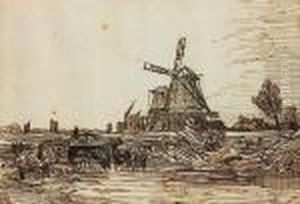
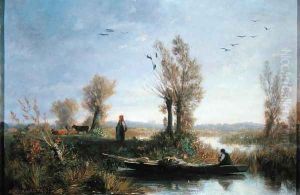
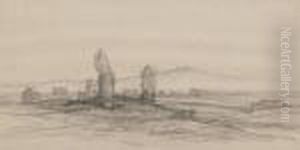
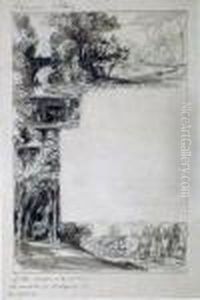
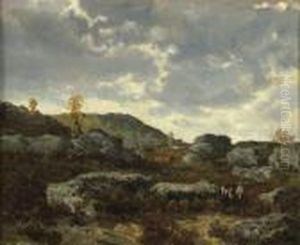
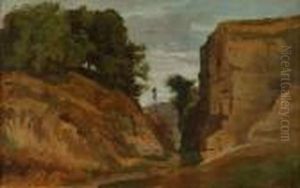
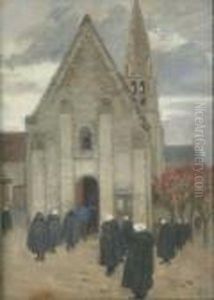
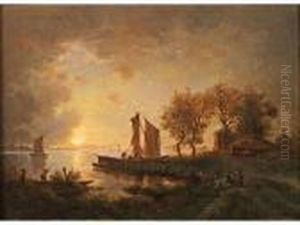
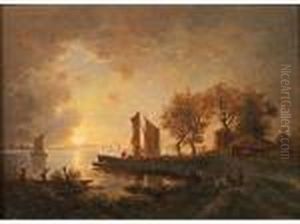
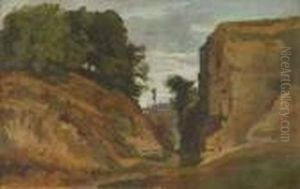
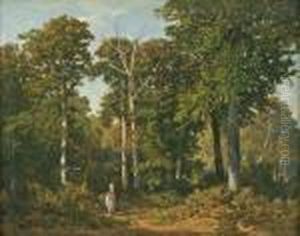
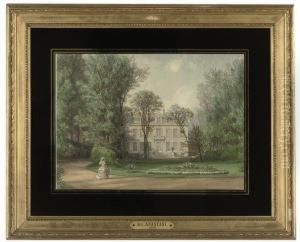
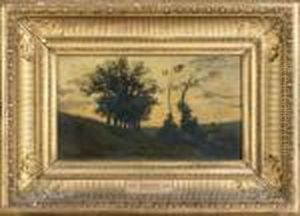
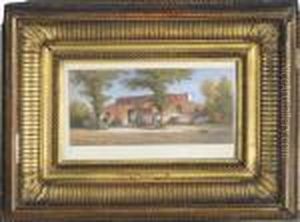
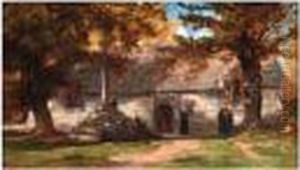
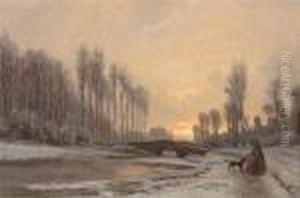
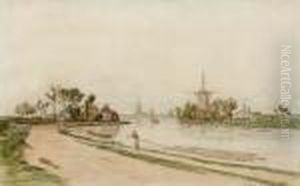
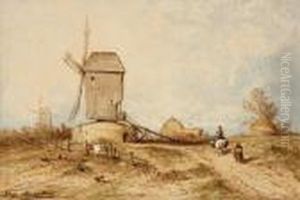
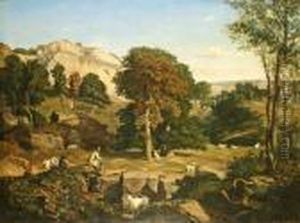
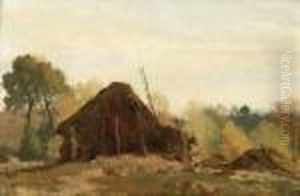
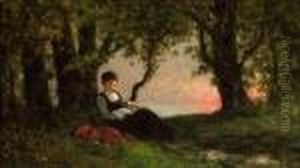
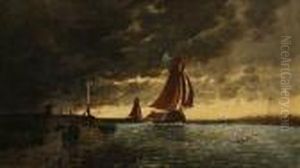
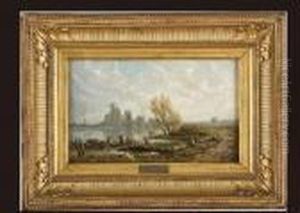
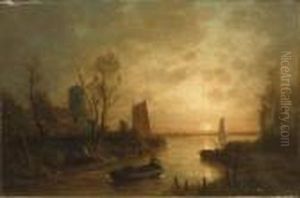
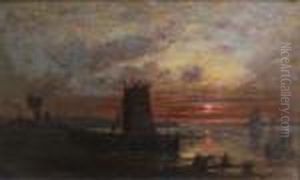
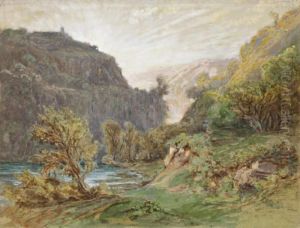
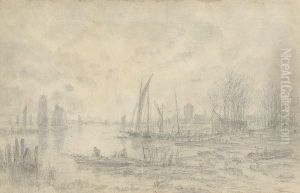
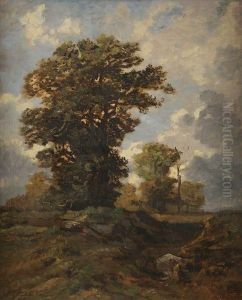
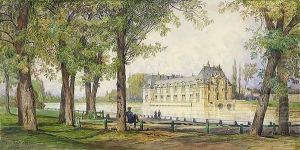
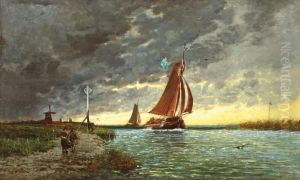
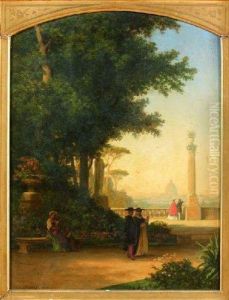
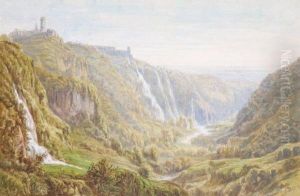
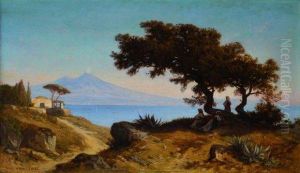
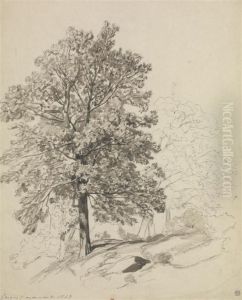
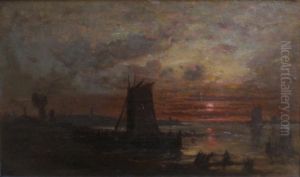 ">
">